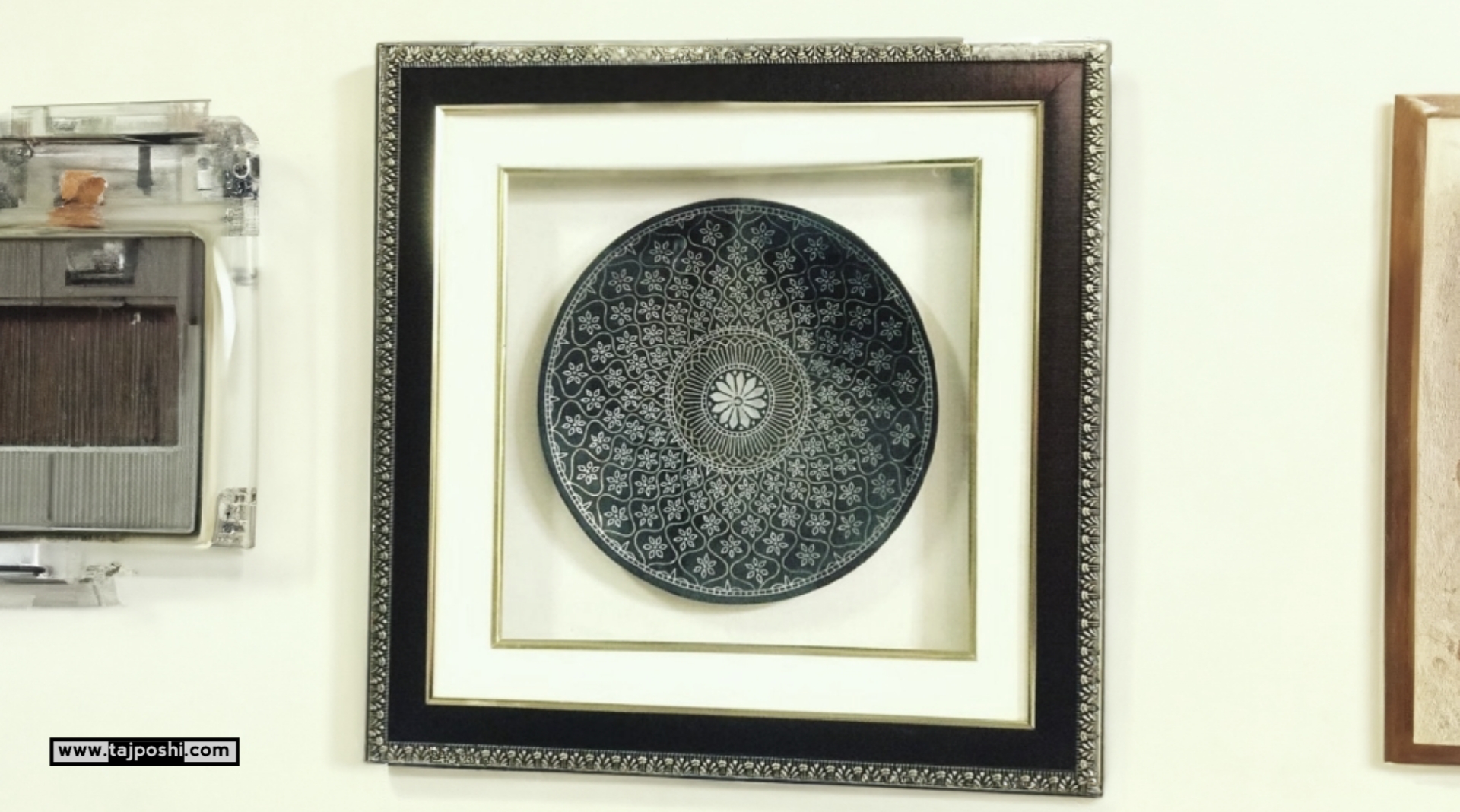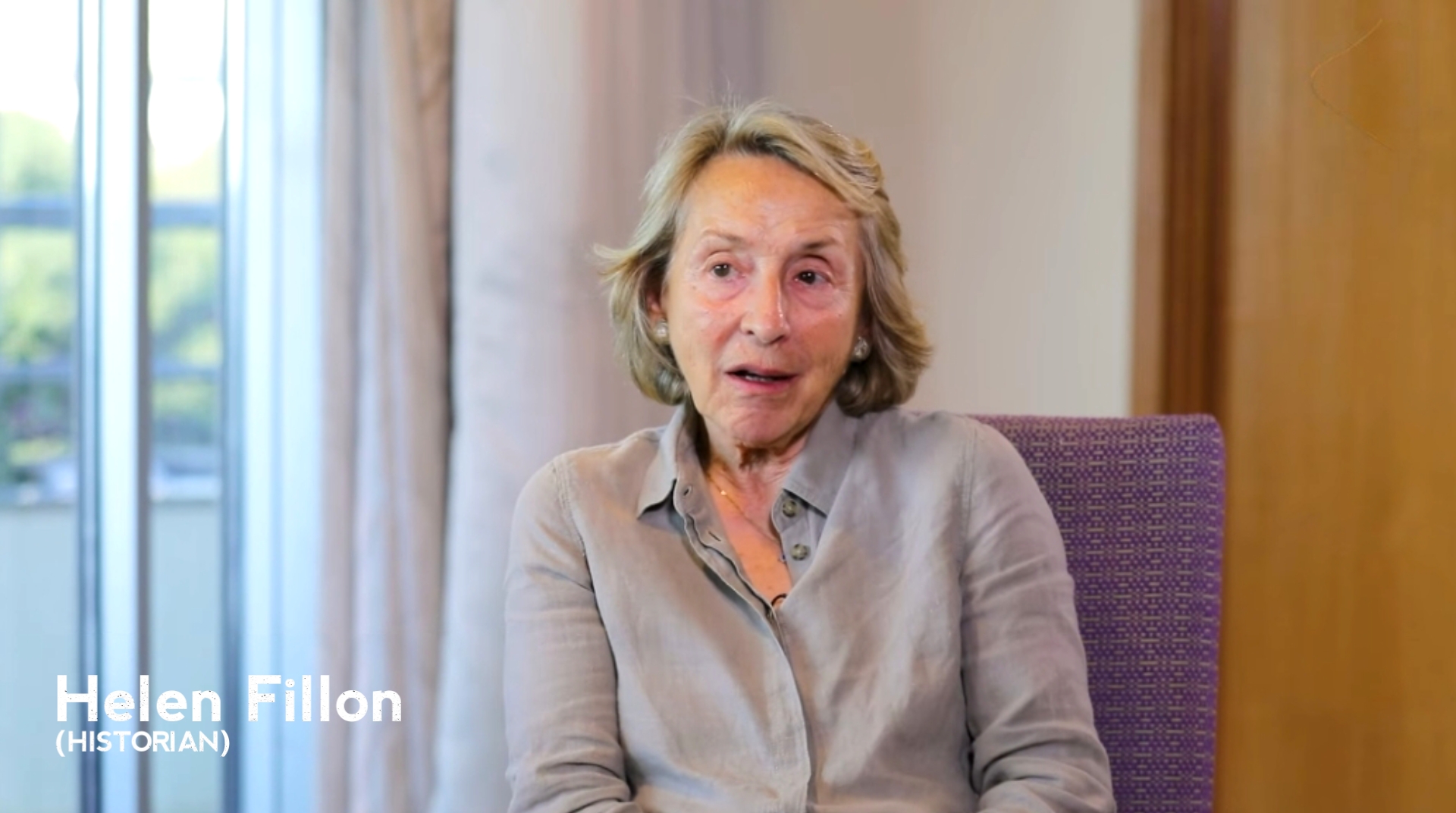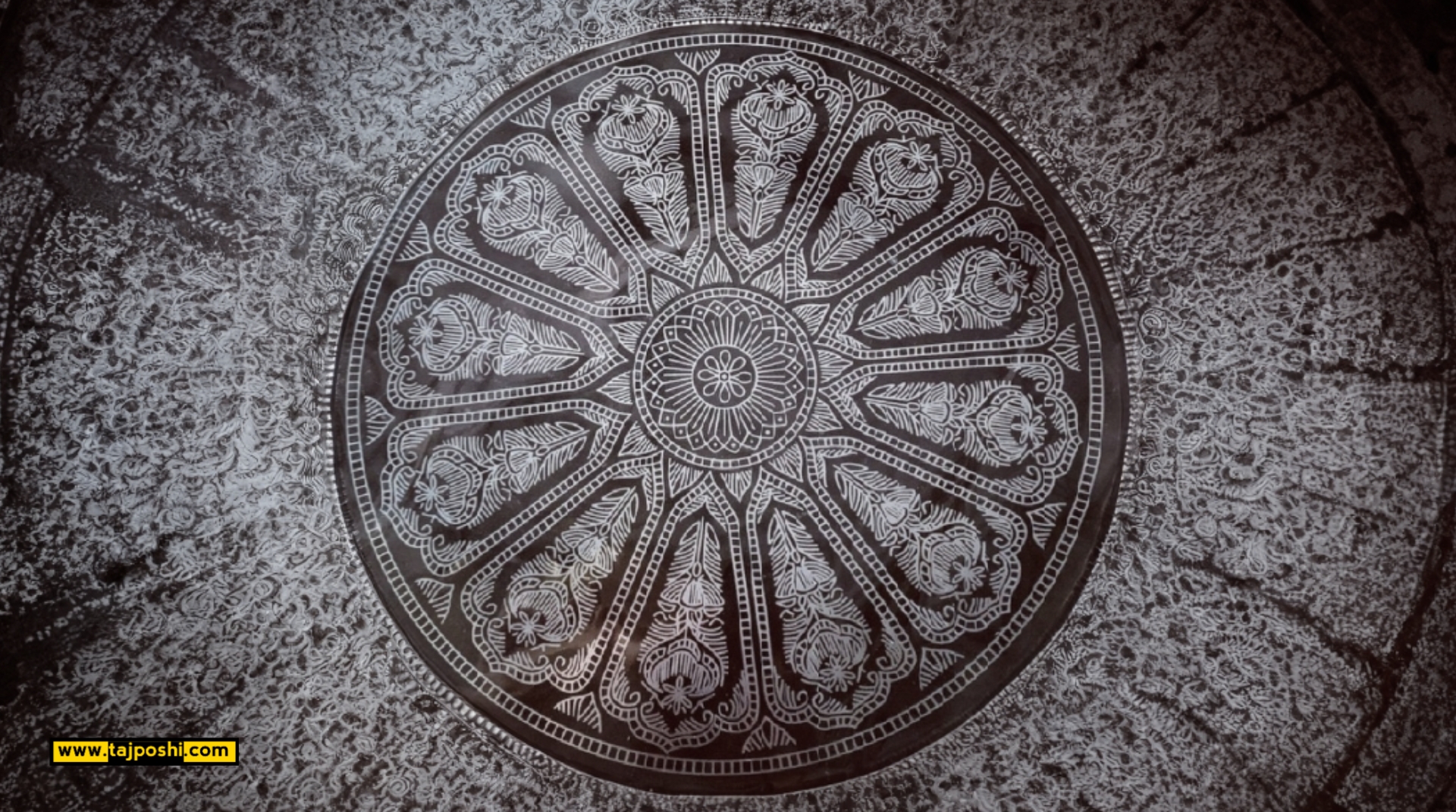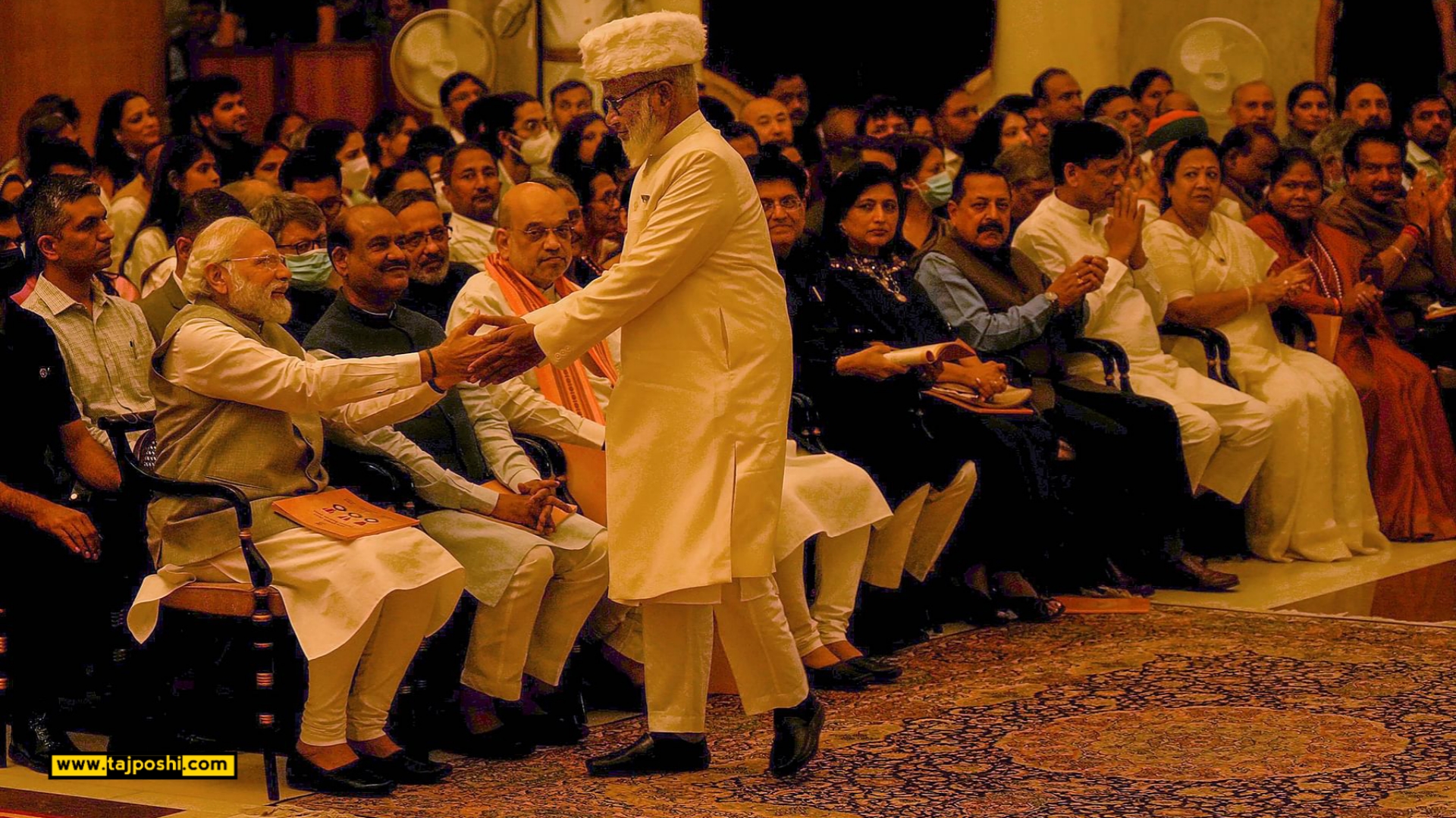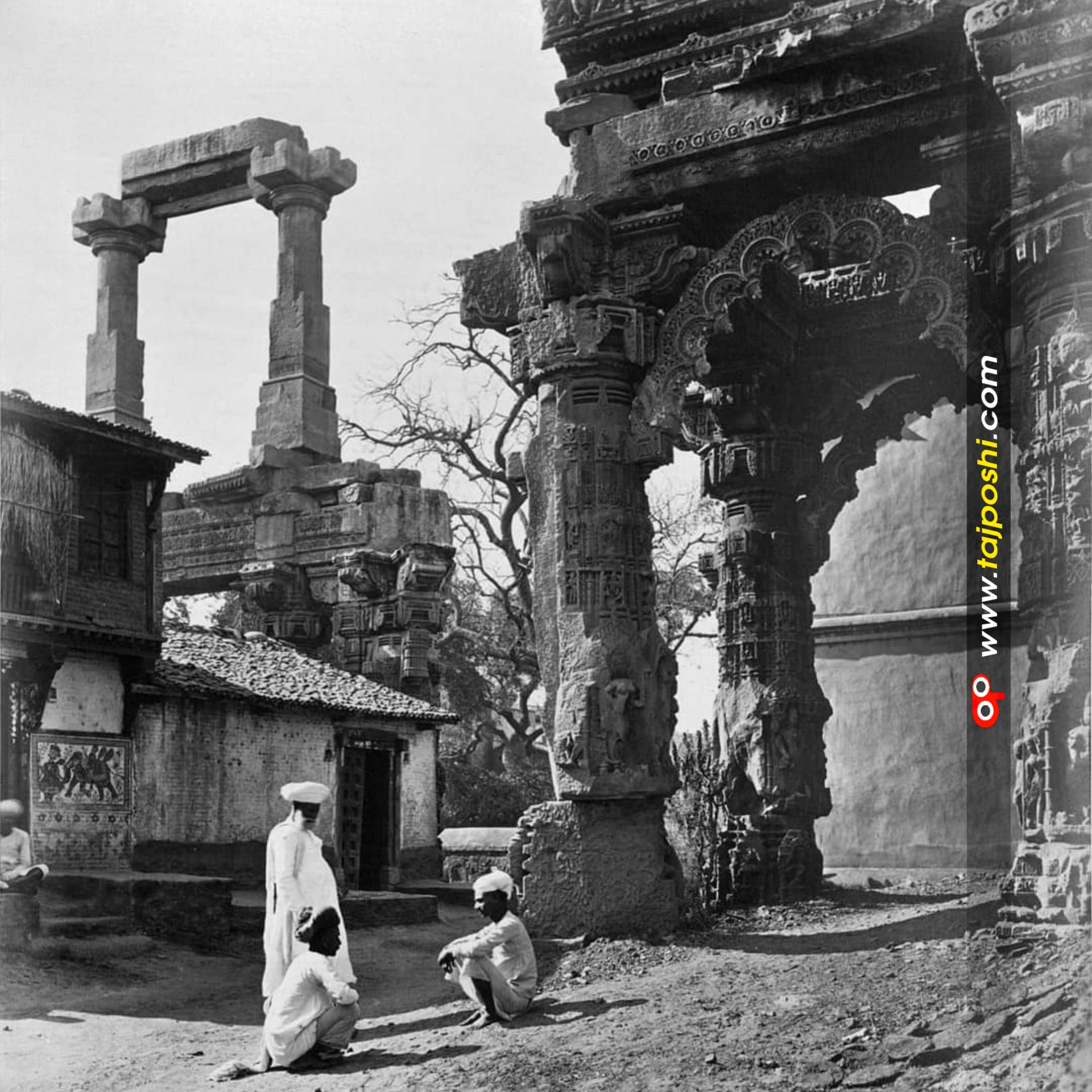Translate this article in your favourite launguage
The basic style of Bidri art is the gift of the Bahmani rulers of the Deccan. The Bahmanis were the first Muslim rulers of the Deccan. When he established his rule over the region in 1347, a new era of cultural influence and assimilation began. Which gave birth to a unique style of Deccani. This style can be seen in architecture, crafts, and other arts. After Daulatabad and Gulbarga, Bidar became the capital of the Bahmani Sultanate in 1430. Which continued until his fall in 1520. Bidar was at the height of its glory in the 15th century. Bidar had become a center of excellent culture and art. And big businessmen, traders, scholars, Sufi saints, and artists started coming here. At this time, Bidri art had reached new heights.
Historian Helen Fillon said of the special art of Bidri, "The booty, the money, the taxes—these are the things that brought people to the Deccan, which was considered the land of opportunity. People took a lot of goods, and They used to issue coins, which solved their economic problems. But they were smart enough not to stay here for long. Because there is a big difference between attacking an empire, raiding it, and plundering the empire. Tughlaq was the first among them who did not find this thing appropriate. Muhammad bin Tughlaq went back to Delhi, leaving some of his generals to fight in the Deccan and find a new means of living, and this marked the beginning of the Bahmani Sultanate. Earlier, there was only an Indian identity; now another identity has been formed apart from that, and that is Deccani. This was the time when Taimur was expanding his empire across Central Asia. Due to this, people were having trouble and were looking for a safe place to shelter. Only then did people's eyes fall on the Deccan, where all kinds of people were being welcomed with open hearts. Apart from this, one such place was Anatolia, located in Turkey. Both of these areas were giving shelter to immigrants at the time. But such people wanted this field because they had mastered the special work in their field. Thus the best artists, intellectuals, and architects of the time joined the Deccan."
The color of the products made in Bidri art is black. According to Bidri artisans, to ensure the oxidation of Bidri pottery, a special type of clay is used, which is found only inside the Bidar Fort. Ammonium chloride and sulfate are found in this soil, due to which the utensils get a special black color.
Description of Bidriware art products:
The work of Bidri is of two types. In the first task, a sharp chisel and hammer are used to fill in fine designs on the metal with silver wire. Or silver plates are carefully inlaid. The work inlaid with silver stars is known as Tarkashi. While inlay with a metal plate is called fold-mark. And the most intricate design is called Mahtabi work. On completion of the inlay work, the artifacts are sanded until they shine. To deepen the black layer, it is polished with coconut oil.
The history of Bidar has greatly influenced the art of Bidri. After the fall of the Bahmani Sultanate in 1520, Bidar was ruled by the Baridshahi dynasty until 1619. Aurangzeb was then made governor of the Deccan by his father, the Mughal emperor Shah Jahan. In the middle of the 17th century, Aurangzeb laid siege and captured the city and the fort. Thus, Bidar came under the Mughals. Mughal influence can still be seen in some of the designs of the fort and in Bidri as well. The motif of the Mughal poppy flower, in particular, is considered one of the most beautiful and popular motifs used in Bidri's work.
Fall of Bidri Arts:
Many artisans associated with Bidri settled in Hyderabad, which was the new capital of the Deccan. But this art declined in the nineteenth century. Today, barely 150 artisans are associated with this art in Bidar. Most of them live in houses built in Bidri Colony. In Hyderabad, too, only 20 to 25 artisans are associated with this art.
The biggest decline in this art is observed between 20 and 25 years of age. Because there is a shortage of old craftsmen and the new young generation does not want to join this work. And no one is showing interest in learning this work. If there is a shortage of artisans like this, then the existence of Bidri art will end in no time.
Shah Rashid Ahmed Qadri (Padma Shri Award Winner, 2023):
But even today, there are some artists who are maintaining this 500- to 600-year-old Bidri art. One such artist is Shah Rashid Ahmed Qadri. Who was honored with the Padma Shri award by President Draupadi Murmu in 2023 for keeping the Bidri art alive. He told PM Modi that he had thought that he would get the Padma Shri in the UPA government but did not get it. And today I have received the same honor from you.
About 500 years old, this is a craft called 'Bidri Art'. This wonderful workmanship has been kept alive by Guru Rasheed Ahmed and his forefathers for centuries.
Rashid narrates its history: during the reign of Bahman Shah Gangu, who was popularly known as Alauddin Bahman Shah, an artisan from Iran, Abdul bin Khaiser, came to Bidar. At that time, a fort at Bidar was being built. During the construction of the fort, Abdul bin Khaiser used gold and silver work on stone and iron. Then, at that time, the artisans who made gold ornaments in Bidar also understood that technique closely and developed it into an art form. Today, it is known as Bidri art.
Bidri artifacts are made from zinc and copper. Silver is also used in this. The artisans find out which metal would be best for this by touching the metal with their tongue. Before making any artwork, a sample or design is made. After the work of Bidri is ready, a layer of oil is applied to it, due to which its color becomes darker.
How you can buy Bidri Art Product?
If you want to buy products made of Bidri art, then both online and offline mediums are available.
Offline:
- Visit a store that sells genuine Bidri art items or an emporium run by the government.
- Make sure the product is rigorously inspected to make sure it was constructed using high-quality components and labor.
- Before making a purchase, compare the prices offered by other sellers.
- Genuine Bidri art products will cost more money, so be prepared for that.
Online:
- Products from Bidri Arts can also be purchased online. These products can be purchased from the Amazon website and websites operated by some local sellers.
The price of Bidri art varies according to the item's size, complexity, and quality. However, the price of a piece of Bidri art might range from a few hundred to several thousand rupees.
Watch these videos to get more information about Bidri Arts


